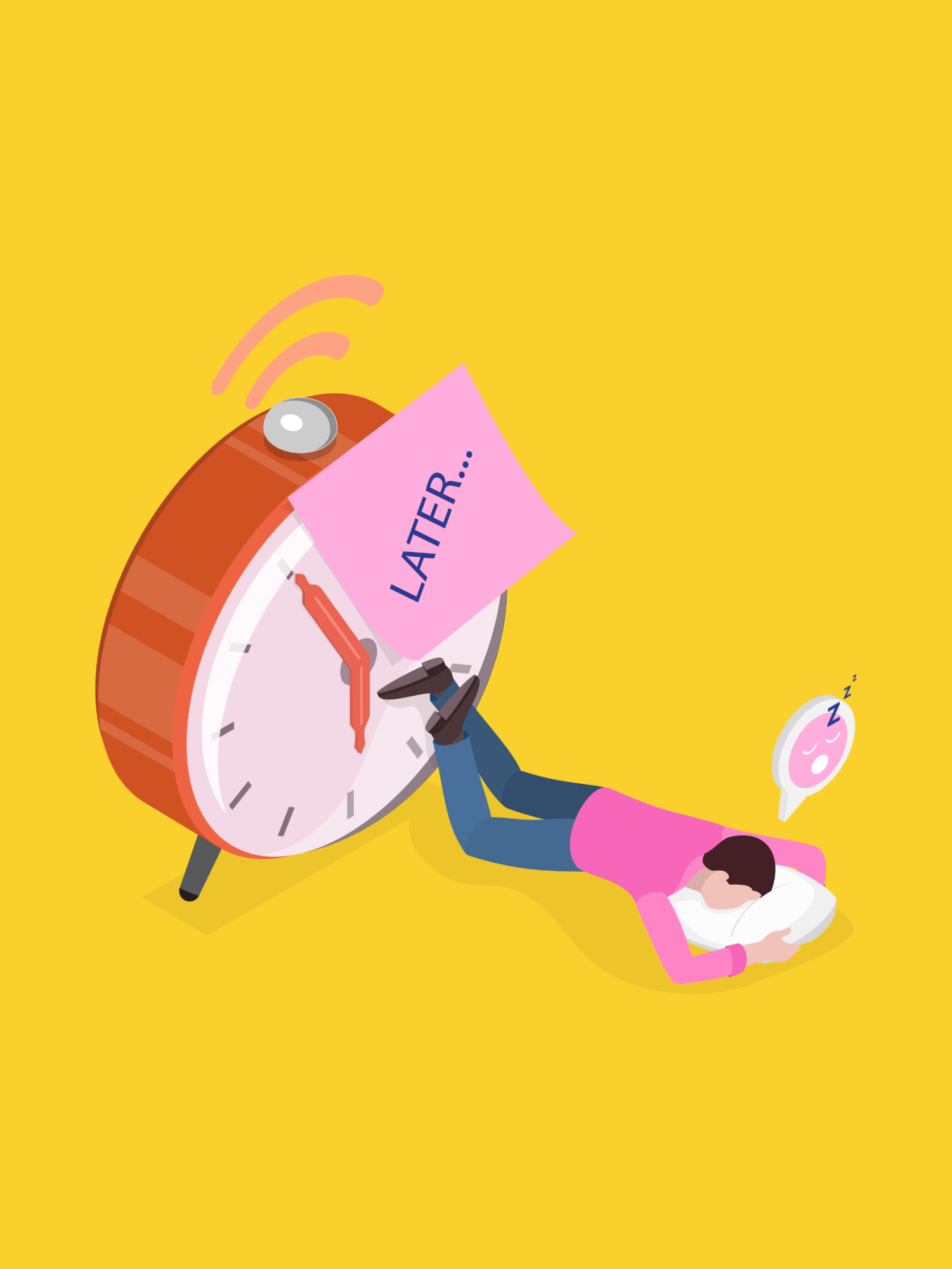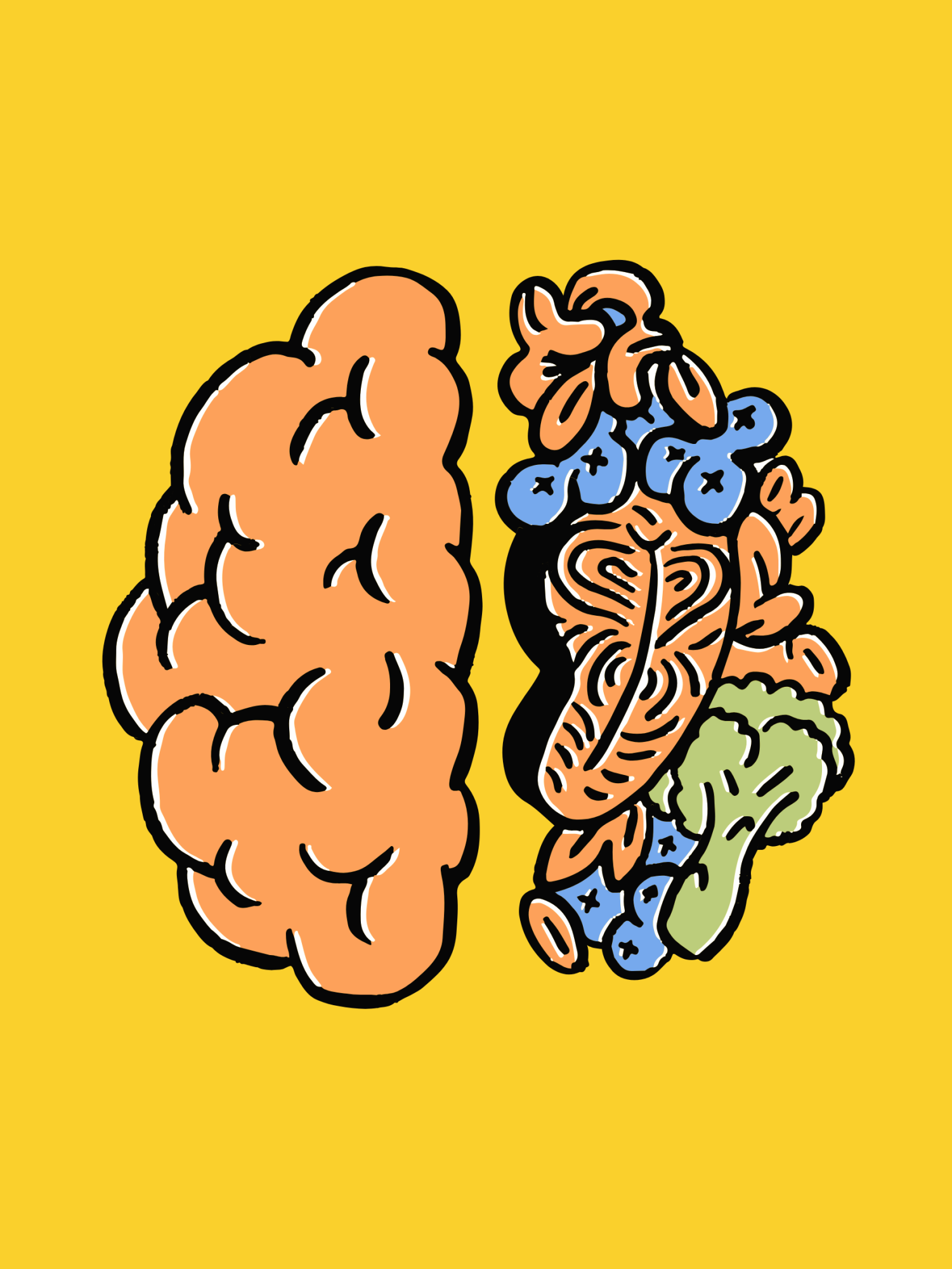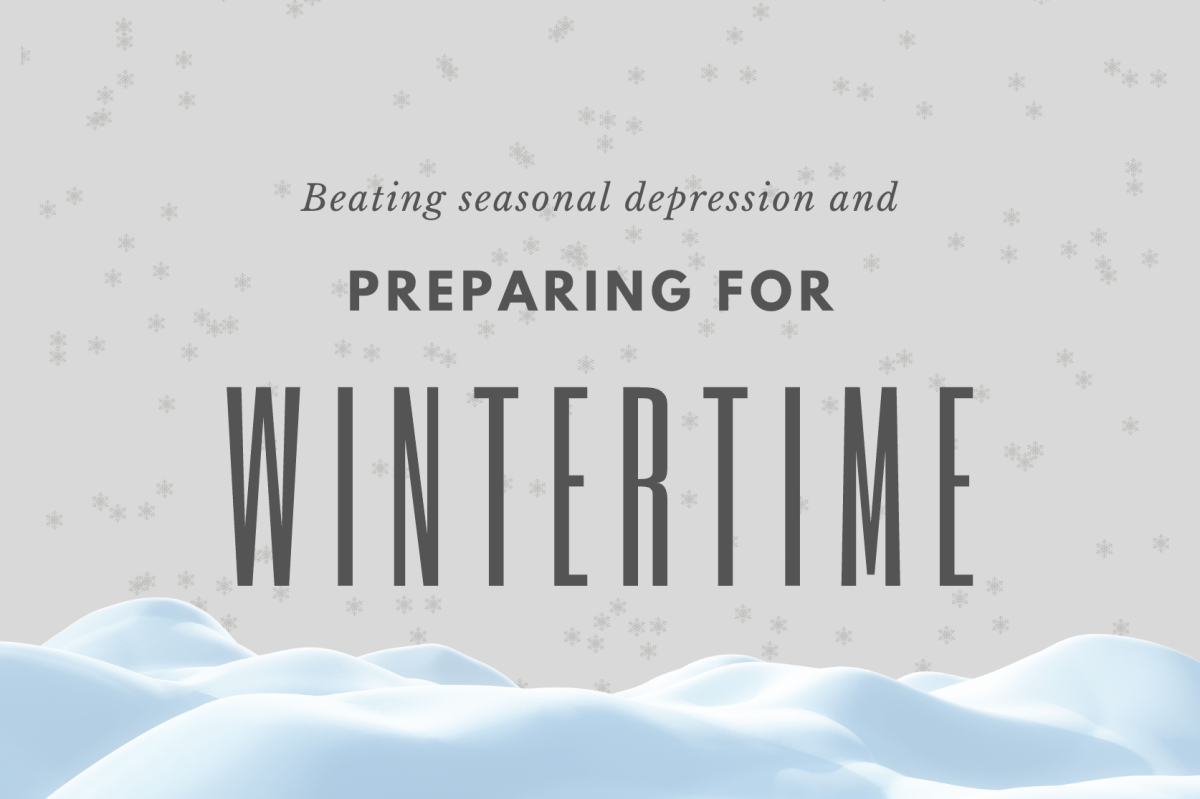
When motivation fails, science has answers

Procrastination is often misunderstood as simple laziness or a failure of time management. However, psychologists define it more precisely: it is the voluntary delay of an intended action, despite expecting negative consequences. Research suggests that approximately 20% of adults are chronic procrastinators, a tendency that can significantly affect well-being, productivity, and self-worth.
According to psychologist Piers Steel, procrastination reflects a failure of self-regulation rather than a lack of effort. Rather than avoiding tasks themselves, individuals often attempt to escape negative emotions such as anxiety, boredom, or self-doubt. Tim Pychyl, a psychologist specializing in this field, describes procrastination as a form of short-term mood repair, avoiding unpleasant emotions by shifting attention to more immediately gratifying activities.

Neuroscience provides additional insight into why procrastination occurs. The prefrontal cortex, responsible for planning, decision-making, and impulse control, often competes with the amygdala, which processes emotional responses like fear or stress. When individuals encounter a task perceived as threatening or unpleasant, the amygdala activates, and the brain seeks to minimize discomfort, even at the cost of long-term benefit. This cognitive tendency is known as “present bias.”
In addition, the brain’s dopamine system reinforces this behavior by favoring immediate rewards over delayed ones. Activities such as browsing social media or checking messages produce quick dopamine hits, which feel more rewarding than slow-progress tasks like studying or project work. Imaging studies have found that chronic procrastinators tend to show reduced connectivity between brain regions involved in emotion regulation and executive function, which may make it more difficult to manage internal resistance to uncomfortable tasks.

At its core, procrastination is a mechanism for avoiding negative emotional states. Tasks that evoke anxiety, uncertainty, or fear of failure become psychologically “hot,” prompting avoidance behaviors that offer temporary emotional relief. However, this relief is typically followed by guilt, frustration, and stress, creating a feedback loop that makes future avoidance more likely.
Moreover, individuals who procrastinate frequently engage in self-criticism, which compounds the emotional burden. Rather than encouraging action, self-blame often increases stress and decreases self-efficacy. Research has shown that self-compassion, treating oneself with kindness in the face of setbacks, is associated with reduced procrastination. Individuals who practice self-compassion are more likely to re-engage with difficult tasks and less likely to spiral into avoidance.

Modern environments present additional challenges to overcoming procrastination. The constant availability of digital distractions—social media, streaming content, and instant messaging—makes avoidance easier and more tempting. In addition, remote work, flexible schedules, and blurred boundaries between personal and professional life often reduce the external structure that traditionally supports task completion.
Perfectionism is another key factor. Many students and professionals report delaying work due to unrealistic standards or fear of falling short. In such cases, procrastination is not about avoiding the task entirely but about avoiding the discomfort of potentially producing imperfect results. This pressure to perform can lead to paralysis rather than productivity.

Because procrastination is a behavior pattern, it can be modified through targeted interventions. Research supports several effective strategies:
- Implementation intentions: Creating specific “if-then” plans (e.g., “If it’s 9 a.m., I will begin writing”) helps automate action initiation.
- Pomodoro technique: Working in brief, timed intervals with planned breaks helps reduce cognitive load and increase focus.
- Task chunking: Breaking large or abstract goals into smaller, manageable steps makes them less intimidating and more actionable.
- Self-compassion practices: Reducing harsh self-judgment improves emotional resilience and reduces the likelihood of avoidance.
- Future self-connection: Visualizing long-term rewards and consequences enhances motivation and shifts focus from short-term discomfort.
Each of these strategies tackles a different piece of what makes procrastination so tricky, whether it’s managing emotions or staying focused. And when people use them regularly, they can make it a lot easier to go from thinking about doing something to actually getting it done

Procrastination is not a character flaw but a neurocognitive and emotional pattern that can be understood and changed. It reflects a conflict between long-term goals and short-term emotional needs, often exacerbated by perfectionism, anxiety, and environmental distractions. By applying insights from psychology and neuroscience, individuals can adopt strategies that reduce avoidance and promote sustained engagement with meaningful tasks.
With greater awareness, structured planning, and self-compassion, procrastination can be managed—not through willpower alone, but through a deeper understanding of the brain’s natural tendencies and how to work with them.





















